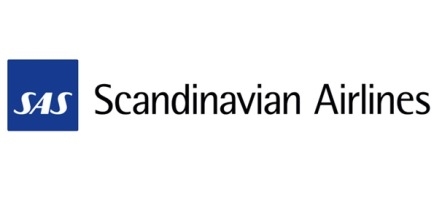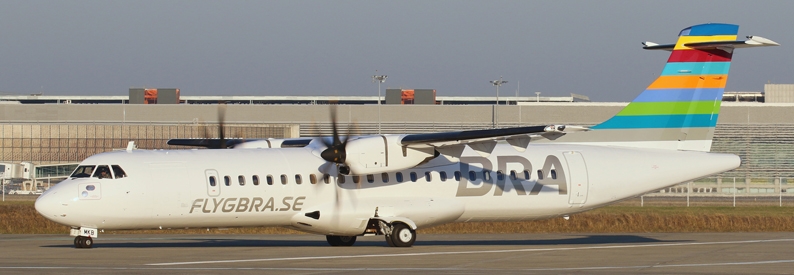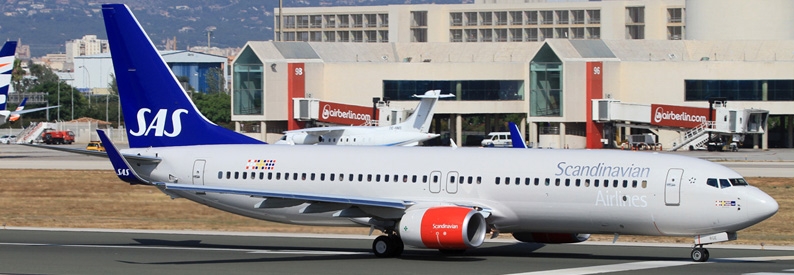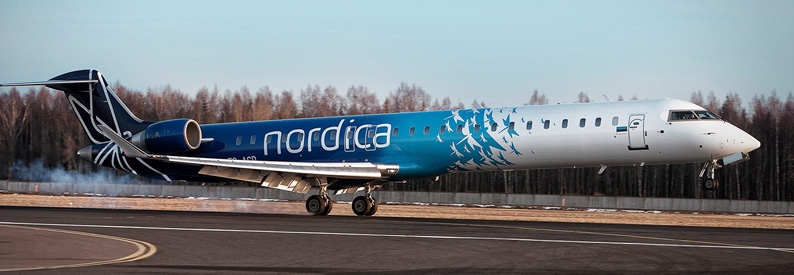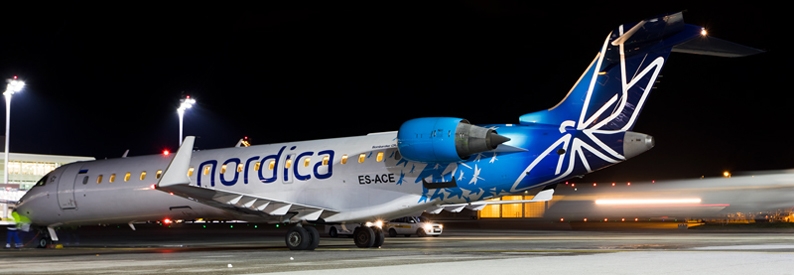SAS Scandinavian Airlines (SK, Copenhagen Kastrup) has reached agreements with ten lessors to amend the leases for 36 aircraft as part of the airline’s fleet reconfiguration and targeted SEK7.5 billion kronor (USD680 million) annual cost savings by 2026 under its Chapter 11 restructuring plan.
The amended agreements are subject to approval by the US Bankruptcy Court in New York and the restructuring plan becoming effective, the airline announced in its latest update on the ongoing process. The amendments apply to three widebodies, 33 narrowbodies, and certain related equipment.
The lessors involved are AerCap, Aergo Capital, Aircastle, ALAFCO, Avolon, CDB Aviation, DAE Capital, ICBC Financial Leasing, ORIX Aviation, and SDH Wings International Leasing.
Through the amended leases, SAS is on track to achieve a targeted annual cost savings of at least SEK850 million (USD77.7 million) to SEK1 billion (USD91.4 million) in reduced aircraft lease and capital costs, the company said. It intends to continue negotiations with other lessors to amend more lease contracts.
“The amended lease agreements allow us to reconfigure our fleet and improve our cost structure, which is a key element of our SAS Forward plan. We are continuing to pursue additional lease amendments so we can achieve our targets,” said President and CEO Anko van der Werff.
SAS also recently disclosed plans to return around 10% of its fleet to lessors. It plans to phase out older, larger and less fuel-efficient aircraft by replacing widebodies with narrowbodies on some long-haul routes, and by focusing on only three aircraft types to simplify operations. The ch-aviation fleets module indicates that excluding wet-leased aircraft, SAS Scandinavian operates 81 aircraft, of which 44 are there on operating leases, namely one B737-700, nine A320-200s, twenty-seven A320-200Ns, three A321-200NXs, three A330-300s, and one A350-900.
SAS filed for voluntary Chapter 11 bankruptcy protection in the US on July 5 to accelerate the implementation of its business transformation plan. It aims to complete the process by July 2023.
The airline aims to restructure its debt, reconfigure its fleet, and emerge with a significant capital injection through the re-organisation. It aims to raise at least SEK9.5 billion (USD859 million) in new equity capital. It will also reduce or convert SEK20 billion (USD1.8 billion) of debt into common equity (of which a majority is on-balance sheet debt), including state hybrid notes, commercial hybrid notes, Swiss bonds, term loans from states, aircraft lease liabilities and maintenance contract obligations, and other executory contract obligations. The new equity raise and debt-to-equity conversions will entail substantial dilution to existing shareholders.
